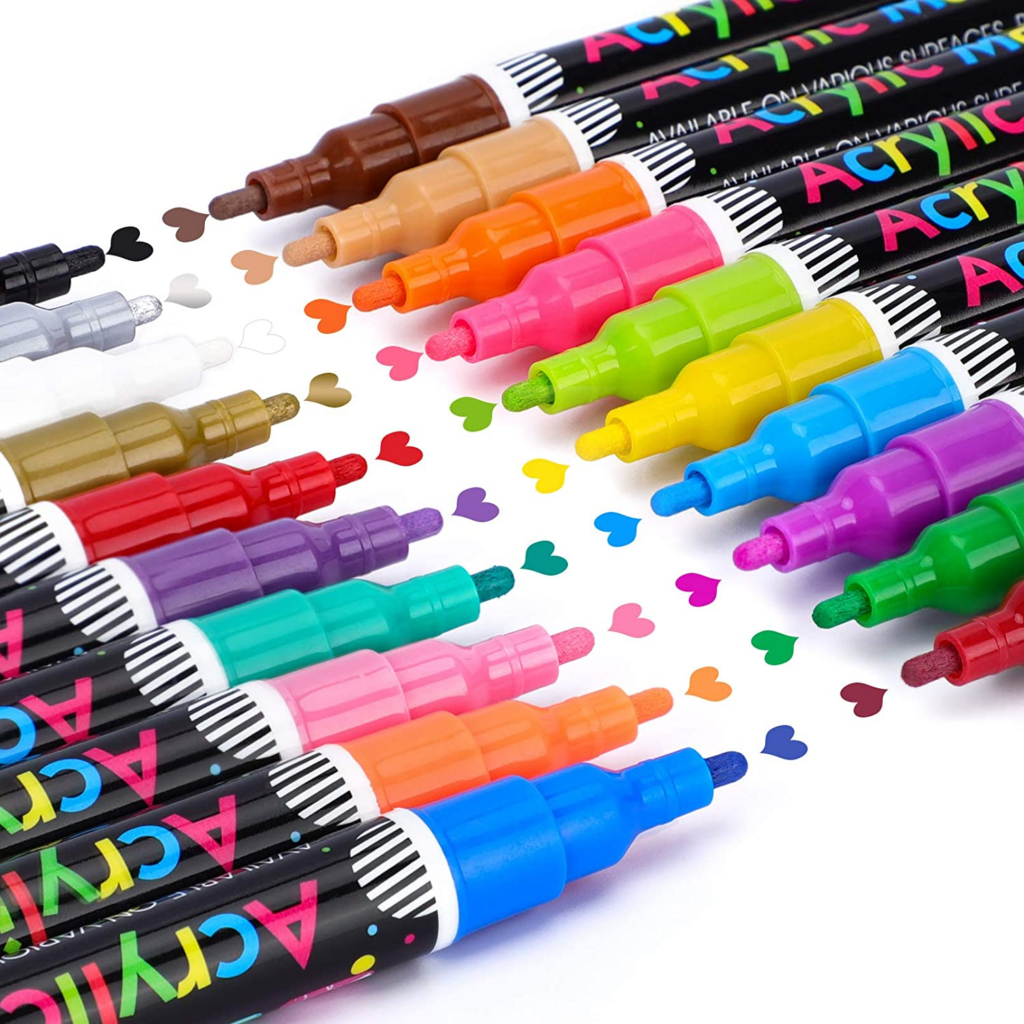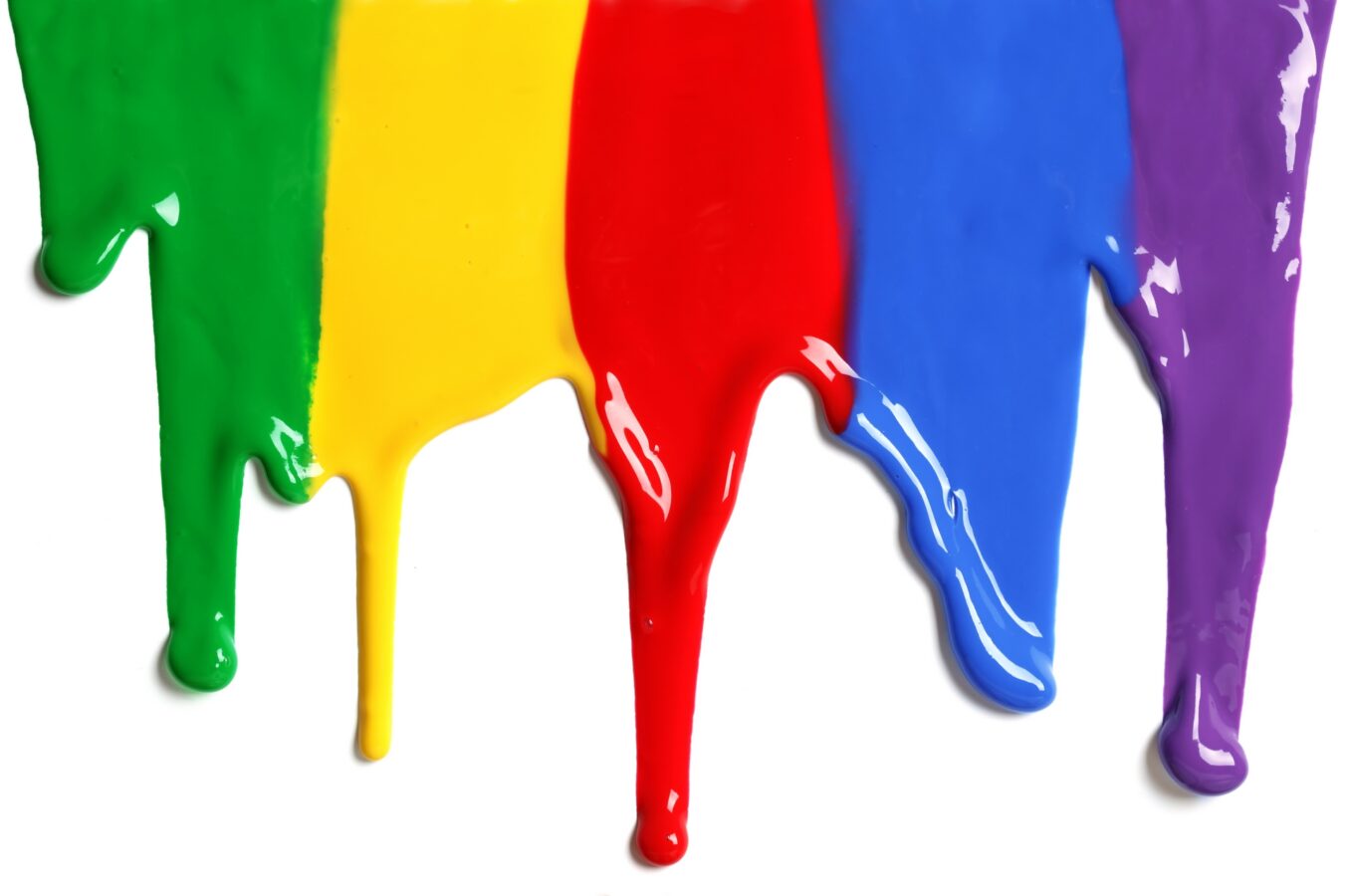Perhaps you’re asking why you’d need to purchase acrylic paint. Acrylic paint is often referred to as oil paint or acrylic art paint. It was originally utilized by an artist in the early twentieth century and has since gained widespread popularity among artists, painters, and decorators because of its durability and accessibility. Continue reading to learn about some of the advantages of purchasing acrylic paint.
Simple to use:
There are several advantages to utilizing acrylic art paint over conventional paint. To begin, acrylic paint is simpler to work with on a variety of surfaces. Many artists prefer them over conventional painter’s brushes, which means that using of acrylic paint for rock painting, stone painting, or any other sort of painting is far more convenient than using traditional painter’s brushes, which scratch and damage the painting surfaces.

Another advantage of purchasing acrylic paint in Dubai is that you may create elaborate and precise details with a fine tip brush. Therefore, if you are painting a portrait of a person and are using a fine-tipped acrylic pencil, you may draw the wrinkles and even lines on the person’s skin; but, if you are using a standard-sized brush, you would need to make those wrinkles and lines with a brush of a different size. Additionally, small tip acrylic pens are designed to be readily transported, but standard-sized brushes must be stored in specific containers. As a result, the painting is more convenient in this manner.
Humidity and temperature protection:
Additionally, it is stated that utilizing acrylic paint protects the paintings against humidity and temperature changes. This is another advantage of acrylic paint. They are humidity resistant.
Look for products that are water-based:
If you’re looking to purchase acrylic paint pens, the best option is water-based. These are not only less expensive, but also more adaptable. These pens may be used with any sort of media, including gel pens, watercolor, oil-based paint pens, and other pigments.

Wireless oil-based communication:
If you want something more high-tech, you may always get wireless oil-based paint markers. These may be worked on with your standard water-based acrylic paint pens. They operate by electricity; thus a power source is not required. You can read about Are you a beginner? These acrylic paint tips will help by visiting http://center-for-the-arts.com/are-you-a-beginner-these-acrylic-paint-tips-will-help/
How to make an informed decision
Choosing the appropriate canvas for your acrylic painting is a critical first step toward creating a good work of art.
Painting on shoddy canvases is like constructing a mansion out of toothpicks. You may create an architectural marvel, but it will quickly degrade into a mound of dust.
If you’re going to invest hours of labor, not to mention money, in creating something beautiful, you want to be certain it will stay.
The term “canvas” is derived from the term “cannabis” or “hemp.” During the Renaissance, painters started to abandon the use of heavy and costly boards for painting.
During the period, hemp fabric was widely accessible, since it was used to make the majority of boat sails. Nowadays, canvases are often composed of cotton or linen.
I’ll discuss canvases and how to pick the perfect one for your acrylic paint in the sections below.
Canvas made of cotton duck
Cotton duck canvas is the least expensive and most widely available form of canvas. Not to worry, it is not produced from ducks. The phrase is derived from the Dutch word doek, which translates as fabric.

Cotton duck is available in a variety of weights and weaves. Weave refers to the tightness with which the threads are woven together, while weight relates to the canvas’s weight.
The majority of stretched canvas sold in art shops weighs about 7-8 ounces (200 – 230 grams). A decent canvas should weigh between ten and twelve ounces (280 and 340 grams). The lighter-weight canvases are less smooth and stable than the higher-weight canvases.
Canvases may also be categorized using a numerical approach that is inverted from the weight system. Thus, a canvas with the number 10 would be lighter than one with the number 5.
The majority of pre-stretched canvas purchased in stores is primed with one or two thin coatings of acrylic gesso. You may begin painting on them immediately if you choose.
However, some manufacturers treat their canvases with sizing to prevent them from adhering to one another during shipment. While some painters like to wipe this away with a moist cloth, I prefer to be cautious and give the canvas a layer or two of gesso.
One disadvantage of cotton duck canvases, particularly bigger ones, is that they tend to get slack with time and may need re-stretching.
If I experience little stretching when painting, I spray the backside of the canvas with warm water and allow it to dry. This generally resolves any small stretching issues.
Linen is derived from flax plant fibers and so includes natural oils that make it resistant to mold and mildew. It is regarded as the “creme de la crème” of canvases.
It is more costly than cotton duck canvases, but it is far stronger and less prone to stretching. This makes linen a better choice for bigger works and heavier paint applications.
To avoid warping and drooping, linen requires stronger stretcher bars and a tighter stretch.
As with cotton duck, linen is available in a range of weights and textures, from smooth to quite rough.
Rougher linen is perfect for palette knife painting and textural abstractions. The softer linen is ideal for portraiture and intricate work.
Belgian linen and oil-primed linen are two prominent varieties that are often used for oil painting.
You can read about the GOOGLE ART PROJECT: HOW THE BIGGEST MUSEUM COLLECTION IN THE WORLD IS ORGANIZED by clicking here.
Canvases in Various Styles
Additionally, you may buy canvases in a variety of designs.
Stretched Canvas Ready to Hang

This is most likely the most prevalent kind of canvas. Pre-stretched canvases are available in a range of sizes and weights and are often primed.
Wrap the cloth around the stretcher bars and staple the back. Without the need for a frame, this style of canvas may be hung on a wall.
Canvas panels
Canvas panels are constructed from strong cardboard or wood on which canvas is affixed. They are often less expensive than stretched canvas and are also more convenient to carry and store. They do, however, need framing before hanging.
